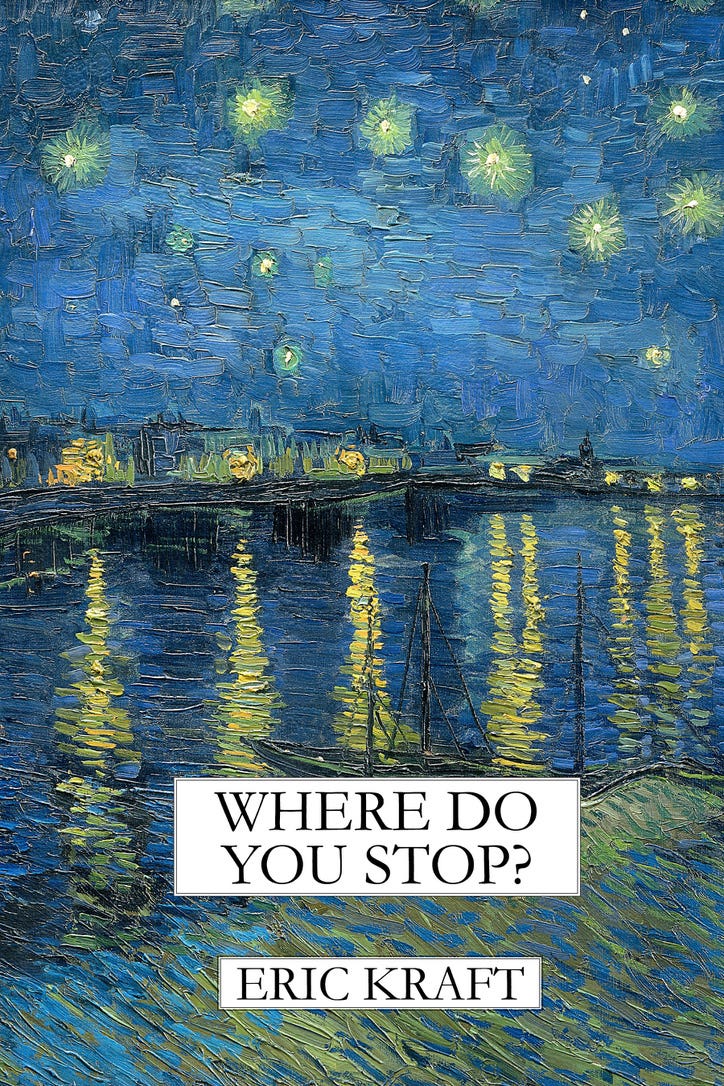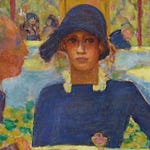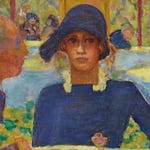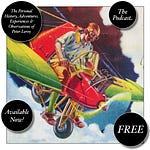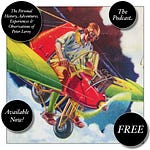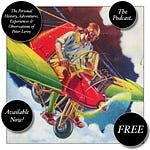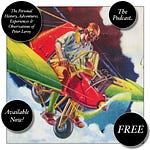Dedication
For Mad
Epigraphs
Here am I, lying under a hayrick. The tiny narrow spot I’m taking up is so infinitesimally small by comparison with the rest of space, where I am not and which has nothing to do with me, and the portion of time which I may succeed in living through is so insignificant when confronted with eternity, wherein I was not and shall not be. Yet within this atom, this mathematical point, the blood is circulating, the brain is working, something or other yearns. — Bazarov, in Ivan S. Turgenev’s Fathers and Sons (translated by Bernard Guilbert Guerney)
The interaction between thought and language always fascinated Bohr. He often spoke of the fact that any attempt to express a thought involves some change, some irrevocable interference with the essential idea, and this interference becomes all the stronger as one tries to express oneself more clearly. Here again there is a complementarity, as he frequently pointed out, between clarity and truth—between Klarheit und Wahrheit, as he liked to say. This is why Bohr was not a very clear lecturer. He was intensely interested in what he had to say, but he was too much aware of the intricate web of ideas, of all possible cross-connections; this awareness made his talks fascinating but hard to follow. — Victor F. Weisskopf, “Niels Bohr, the Quantum, and the World” (from Niels Bohr: A Centenary Volume)
Electrons exist both on their own, as free particles, and as constituents of atoms, and they can change from one role to the other and back. An electron forming part of a carbon atom in the skin of your wrist could be knocked out of position by a passing cosmic ray and become part of the tiny electric current in your digital wristwatch, and then in turn become part of an oxygen atom in the air you breathe as you raise your arm to look at the time. — Frank Close, Michael Martin, and Christine Sutton, The Particle Explosion
In the [scanning tunneling microscope] the “aperture” is a tiny tungsten probe, its tip ground so fine that it may consist of only a single atom. . . . Piezoelectric controls maneuver the tip to within a nanometer or two of the surface of a conducting specimen—so close that the electron clouds of the atom at the probe tip and of the nearest atom of the specimen overlap. — H. Kumar Wickramasinghe, “Scanned-Probe Microscopes” (Scientific American, October 1989)
Simmel, on the basis of a partial reading of Nietzsche, recognizes this in his Metaphysics of Death: “The secret of form lies in the fact that it is a boundary; it is the thing itself and at the same time the cessation of the thing, the circumscribed territory in which the Being and the No-longer-being of the thing are one and the same.” If form is a boundary, there then arises the problem of the plurality of boundaries—and the calling them into question. — Manfredo Tafuri, The Sphere and the Labyrinth: Avant Gardes and Architecture from Piranesi to the 1970s
The right thing and the time it takes are connected by a mysterious force, just like a piece of sculpture and the space it fills. — Robert Musil, The Man Without Qualities (translated by Eithne Wilkins and Ernst Kaiser)
[to be continued]
Have you missed an episode or two or several?
You can begin reading at the beginning or you can catch up by visiting the archive or consulting the index to the Topical Guide.
You can listen to the episodes on the Personal History podcast. Begin at the beginning or scroll through the episodes to find what you’ve missed.
You can listen to “My Mother Takes a Tumble” and “Do Clams Bite?” complete and uninterrupted as audiobooks through YouTube.
You can ensure that you never miss a future issue by getting a free subscription. (You can help support the work by choosing a paid subscription instead.)
At Apple Books you can download free eBooks of Little Follies, Herb ’n’ Lorna, and Reservations Recommended.
You’ll find overviews of the entire work in An Introduction to The Personal History, Adventures, Experiences & Observations of Peter Leroy (a pdf document) and at Encyclopedia.com.




